What Happens When you Introduce Restorative Circles at the American Evaluation Association Conference?
On November 10 at the AEA Conference in Washington DC, I conducted a 90-minute experiential session that allowed evaluators to explore how restorative, or peacemaking, Circles could fit into program evaluation in a variety of contexts.
Sixteen women participated in the session (where were the men?). They came with open minds and open hearts. Two were very familiar with restorative practices, several came because I invited them, and some came out of intrigue. One woman said at the beginning that just based on the title of the session, she knew this would be the highlight of her conference.
After introducing the group to the basic concepts of Circle processes, we participated in a variety of Circles – all very short as we just wanted to get a taste for how Circles could work in different situations and contexts. First, we did a values Circle, which produced a familiar list of values (openness, vulnerability, respect, etc.) but also some like meeting people where they are at, equity, constant learning, playfulness, and curiosity.
Then, Circle members got to participate in some role plays, including one on how to replace traditional focus groups with Circles. After each short role play, we talked as a group about what we saw and experienced. Everyone’s voice was heard, and people could really see how Circles could be used in their own work. We discussed where or when they would not be appropriate as well. Here is a list of some of the things we learned from and with each other during this experiential workshop:
It may be difficult if not impossible to introduce the Circle process to “tough” clients that you’ve been working with for years. It’s better to start at the beginning of an evaluation.
Circles seem better suited for longer term projects.
Values are important – they do in fact ground the evaluation and creates a metaphorical container that holds the space to return to those values throughout the evaluation process.
If evaluators can do nothing else, they can do an initial values Circle, and then check-ins/check out at meetings.
Circles can be used instead of traditional focus groups, but are not appropriate in all situations
They are great in school settings
They are great when working with youth/children
They help develop SEL competencies in adults and young people
They help to regulate the “Big Talkers” that may dominate a focus group
Circles are a safe space for when painful or difficult things come up in an evaluation, like unanticipated or negative findings
Circles can help alleviate evaluation anxiety.
After the session, which was awesome!!! - one participant immediately started a LinkedIn group for us so we could stay in touch. I snagged another randomly for breakfast the following day, where we talked about Circles with Indigenous populations and ended up brainstorming sessions we could present at the Canadian Evaluation Society Conference in May. Another wants to have monthly chats with me just to help each other stay grounded in the social justice aspect of our work. Another emailed me for resources where she could learn more about how to do Circle processes (www.livingjusticepress.org). This is just a short list of after-effects of this transformative and powerful session.
Given what we learned and the positive response to this approach, I’ll be writing more articles, conducting workshops, and even developing an online course to help evaluators learn more about the Circle process. Follow the development of this new “thing” at www.rjaeconsulting.com. But for now, let me leave you with the words of Leah Goldstein Moses, Founder & CEO of The Improve Group, who emailed me a few days after the session (printed with her permission):
Hi Martha,
I am so pleased to have been at your session. I left with a greater sense of peace and connection. An unintended consequence of the session was that I left with a renewed commitment to connect with other evaluators as people, not just professionals. Thank you!
Leah
I am so grateful to those who participated and I look forward to working with everyone who is exploring how to make program evaluation truly just and equitable work.
